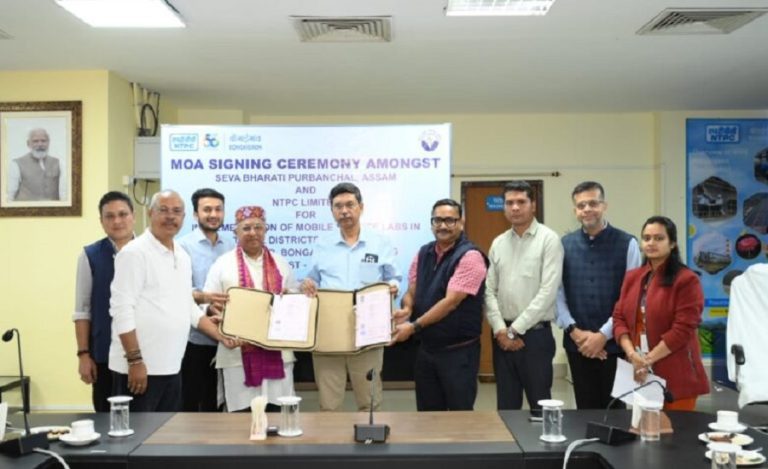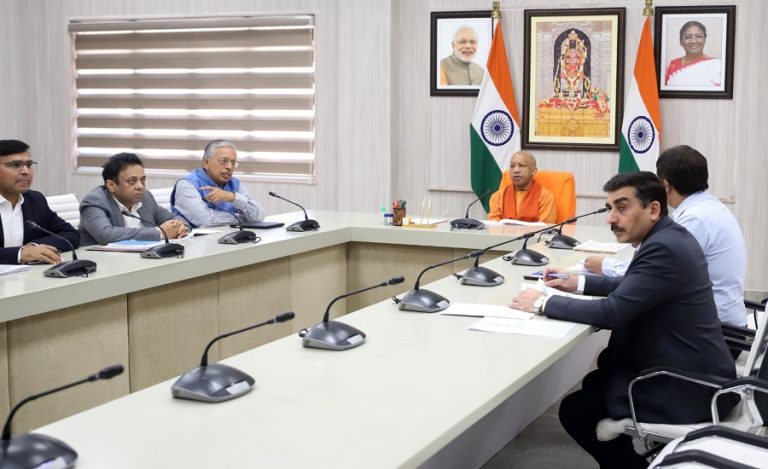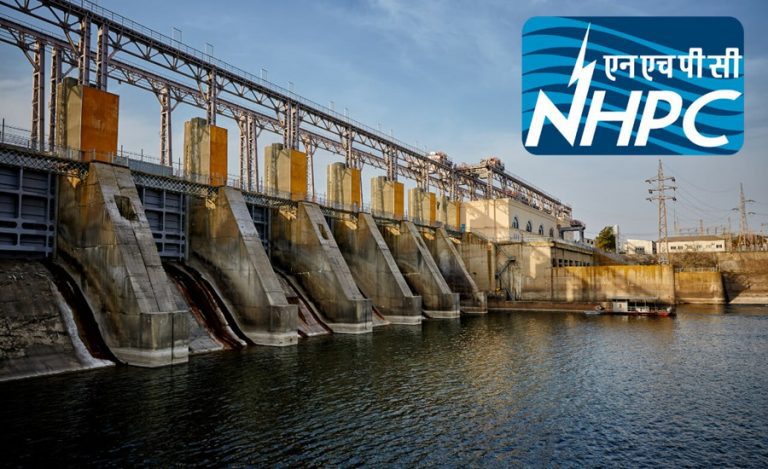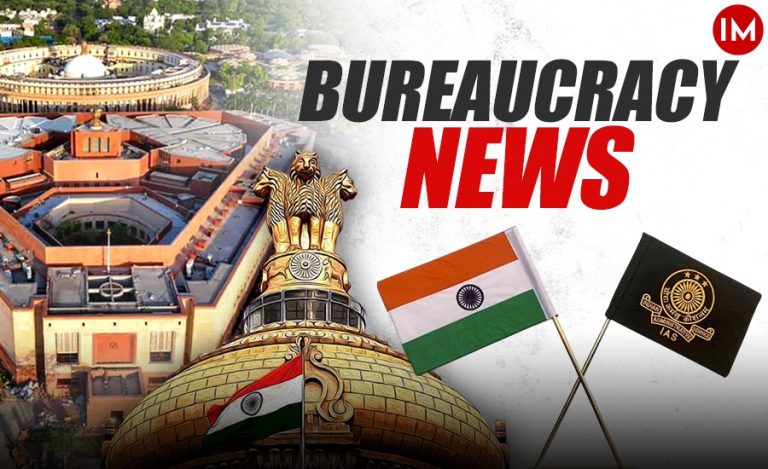New Delhi: India’s indigenous radar initiative has reached a new milestone. The DRDO has successfully completed integration and testing of its Surface Wave Over-The-Horizon Radar (SWOTH-Radar) system.
This is no ordinary radar; it’s designed to overcome the limitations of conventional line-of-sight surface radars by detecting and tracking maritime and low-flying aerial targets up to 500 kilometres away.
What is SWOTH-Radar and How It Works
The SWOTH-Radar utilizes high-frequency (HF) surface wave propagation, which means electromagnetic waves ride along the conductive surface of the sea rather than only through direct or ionospheric reflection paths.
Read also: Big Boost to Make in India: DRDO Integrates Next-Gen GaN AESA Long Range Radar System
Specifications in detail;
A bi-static configuration is used, with separate coastal sites for transmitter and receiver, enhancing detection sensitivity and reducing interference.
The use of surface waves along the seawater enables the radar signal to follow the Earth’s curvature, thereby extending beyond the optical horizon—something that standard radars cannot easily achieve.
Because the waves propagate along the sea surface, the system sidesteps some of the limitations of ionospheric bounce or airborne platforms, making it more persistent.
Capabilities and Strategic Significance of SWOTH-Radar
Detection Range & Targets: According to DRDO, the system can cover targets up to about 500 km away.
Stealth & Low-Observable Targets: One of the most striking claims is that SWOTH-Radar can detect stealthy vessels or aircraft—those typically designed to minimise radar cross-section—owing to the longer wave propagation and advanced signal processing.
All-Weather & ECCM (Electronic Counter-Counter-Measures): The system is said to be resilient to adverse weather and electronic counter-measures, making it suitable for persistent maritime domain awareness.
Broader Significance: Technology Trends & Maritime Domain Awareness
The DRDO SWOTH system reflects two important trends:
Beyond-Horizon Sensing: As adversaries adopt low-observable platforms, conventional radars’ horizon limitations become increasingly problematic. Technologies that circumvent horizon effects (surface-wave, space-based, passive radars) are gaining traction.
Indigenous Capability & Strategic Autonomy: India’s push for indigenous advanced sensors across maritime, air and land domains aligns with national security strategy and technological self-reliance.
In the maritime domain, achieving persistent, all-weather, wide-area surveillance is a game-changer. With SWOTH-Radar, India is aiming for a sensor that can “see” beyond the immediate littoral zone, maintain continuity (without depending solely on airborne or space assets) and provide advanced warning—and that could reshape how maritime operations are planned, deterrence postures maintained and security architectures configured.
Strategically, this places India in a stronger position in the maritime domain, especially in the Indian Ocean Region (IOR).
The system bridges the gap between shorter-range coastal radars and airborne early warning systems (AEW & C), but with potentially lower operating cost and fewer vulnerabilities.
Major Importance of SWOTH-Radar for India’s Maritime Security
1. Extended Surveillance Footprint: The ability to observe vessels, submarines’ periscopes or low-flying aircraft well beyond the coastal belt (~500 km) broadens India’s maritime situational awareness.
2. Sea-Lane Protection & Early Warning: India’s sea lanes of communication (SLOCs) are vital for trade, energy and strategic projection. A radar of this kind helps monitor inbound traffic, potential intruders or threats before they approach closer.
3. Deterrence Against Stealthy Incursions: With growing regional naval capabilities—including stealth surface vessels and low-observable aircraft—this system adds a layer of detection that may complicate adversaries’ plans to operate without detection.
4. Domestic Technological Independence: Since this is an indigenous development by DRDO, it aligns with the “Make in India” and strategic autonomy goals—reducing reliance on foreign imports or platform dependencies.
5. Cost-Effective Alternative: Compared to expensive airborne platforms or satellites, a surface-wave over-the-horizon coastal radar may offer persistent coverage at lower lifetime operating costs and less vulnerability.
Technical & Operational Challenges
While the announcement is promising, some typical challenges for such systems include:
Environmental Conditions: Surface-wave propagation over sea surfaces can be influenced by sea-state, salinity, temperature gradients and other environmental factors.
Clutter & Signal Processing: Distinguishing actual targets from sea-surface clutter (waves, foam) and managing false-alarms require sophisticated signal processing and filtering.
Baseline & Infrastructure: The bi-static configuration requires well-placed transmitter and receiver coastal sites, with reliable communications and data linking.
Integration with Networked Systems: For full strategic value, the radar’s data must be integrated with naval command & control, maritime domain awareness networks, and other sensors (satellites, AIS, drones).
Counter-Countermeasures: Although the system claims resilience, adversaries may employ low-frequency jamming, decoys or tactics to mitigate detection—so ongoing upgrades will be necessary.
Key Implications for Regional Security Dynamics
In the broader Indo-Pacific maritime context, India’s implementation of SWOTH-Radar sends multiple signals:
To adversaries/sub-regional navies: India is enhancing its capability to detect and monitor beyond its immediate littoral zone, which may raise the threshold for any stealthy approach.
To friendly navies/partners: The capability may facilitate shared maritime domain awareness, particularly in the IOR and adjoining waters.
In strategic competition: As surface-wave over-the-horizon radar is relatively rare, this gives India a technological edge and opens avenues for maritime surveillance exports or partnerships in the future.
Way Forward: Deployment and Operationalisation
With integration & testing complete, the next steps for the DRDO system likely include:
- Extended trials in operational maritime scenarios—covering varying sea states, weather conditions and real-life target sets.
- Activating the transmitter-receiver pairs at selected coastal locations along India’s long coastline, and possibly on island territories.
- Linking SWOTH-Radar feeds into the Indian Navy’s and Coast Guard’s maritime picture, and gradually integrates with allied or joint systems.
- Future enhancements may include higher frequencies, better target discrimination (e.g., hypersonic or unmanned vehicles), and export versions for partner nations.
- The possibility that India uses this capability to monitor regional maritime zones, and potentially provide intelligence/data sharing within alliances or partnerships.



























